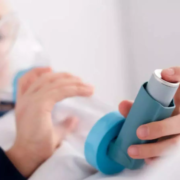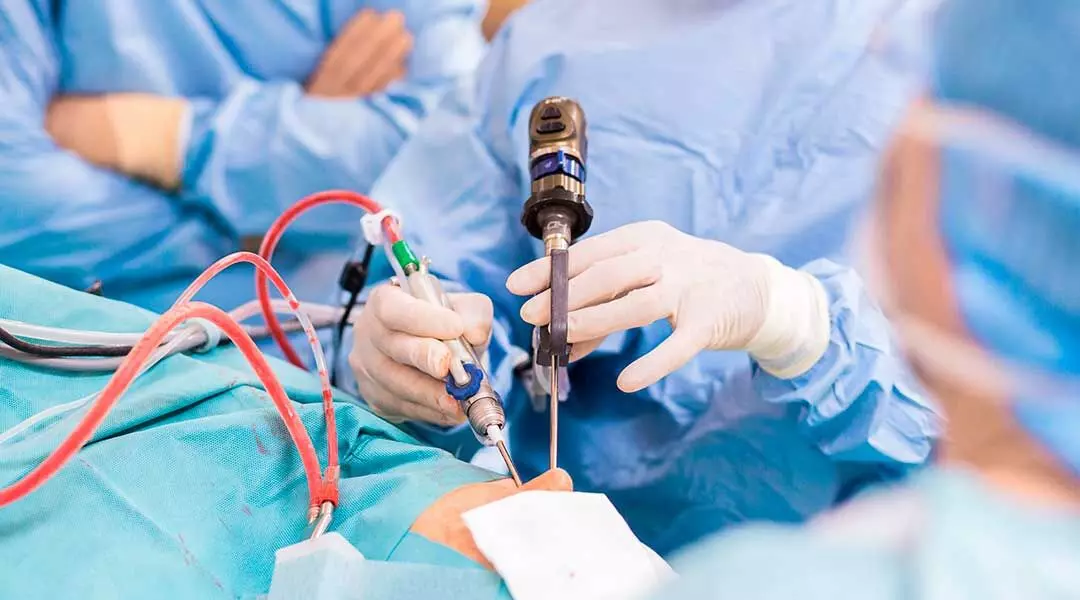
New Delhi: For the patients seeking free medical treatment under various government schemes in the hospitals in Delhi, the High Court has directed the Chief Secretary of the Delhi Government to ensure the implementation of the recommendations given by a seven-member committee in this regard.
The High Court division bench comprising Acting Chief Justice Manmohan and Justice Manmeet PS Arora has issued directions to the Chief Secretary of GNCTD to convene monthly meetings till all the recommendations get implemented. Further, the Court has directed the Chief Secretary to file action taken report on or before 15th October 2024.
Upgradation of Government hospital websites, the appointment of nodal officers by all Public hospitals, implementation of single window mechanism etc. are some of the recommendations made by the Committee set up by the High Court.
The HC bench set up the Committee during the proceedings of the plea filed by a man seeking direction upon the authorities including the All India Institute of Medical Sciences (AIIMS) to perform the hip and knee replacement surgery on the Petitioner free of cost.
His dire need for surgical intervention arose from his affliction with Reiter’s Syndrome, alternatively known as reactive arthritis, which led to his immobilization.
Accordingly, the HC set up the committee to devise recommendations for alleviating and curing the defects in the current medical system to avail financial assistance.
In this regard, the HC bench had mentioned in the order dated 20.09.2023, “The procedure required for availing free medical treatment must be streamlined, including various surgeries, as well as surgeries for implants / devices and to put in place a single-window mechanism with designated nodal officers at each hospital in Delhi.”
Through that order, the HC had stipulated the terms of reference for the committee. Consequently, the counsel for GNCTD handed over the recommendation of the said Committee and the Court took it on record.
Recommendations Made by the Committee:
- Upgradation of Hospital Website:
The Committee recommended to upgrade the website of each and every Government Hospital of Delhi as dynamic website for real time updates on available medicine, implants and devices with the help of NIC/selected vendors
Similarly All Public hospitals must ensure the Electronic Display System accessible to visitors/patients for the dynamic information of list of drugs, implants and devices on the website of concerned departments, which may be revised frequently, the panel suggested.
- Appointment of Nodal Officers:
The HC Committee recommended appointing Nodal Officers by all Public Hospitals- Delhi government hospitals/Central Government hospitals/MCD hospitals/ Autonomous hospitals including AIIMS situated in NCT of Delhi for all the schemes (DAK. RAN & HMCPF) who will ensure all the due requisite required for availing financial assistance.
The Panel suggested implementing/enhancing the Single Window mechanism in all Hospitals- Delhi Government hospitals/Central Government hospitals/MCD hospitals/ Autonomous hospitals including AIIMS situated in the NCT of Delhi for the convenience of patients.
“The software may be developed with help of NIC (as recommended above) for Delhi Arogya kosh also so that details will be available and repeated patient/beneficiary appearance can be avoided. Similarly RAN IT platform shall be extended to Delhi Government hospitals and MCD hospitals,” the panel recommended.
It further mentioned, “Till the time the software is developed, E-office can be utilised by all the hospitals and E-file for the concerned patient can be prepared from the hospital itself with all the requisites as per schemes and transferred to concerned DAK/RAN offices. This will expedite the process and also help in maintain transparency.”
- Prepare Rate Cards Through CPA:
The HC panel further recommended immediately preparing the rate card through CPA for fixing rates of all types of equipment- including implants, and medicines through Government procurement system for the diseases covered under scheme as well as for all types of treatment.
It opined that the process may take 3 months to be completed. It further stated that there may still be certain medicines/consumables etc which are not part of Essential drug list and rate card is not available for these, hospital/institute shall continue to procure these locally through their procurement system following the GFR guidelines and funds can be obtain from their own allocated budget for EWS patients or funds can be taken from the DAK/RAN. As there is no role of patient/ its relative in the procurement, they shall not be called upon to do under any circumstances.
Pointing out that the Medical Directors of the Govt. Hospitals have been conferred the powers of H.O.D who may be authorized to pass the application for emergency treatment, the panel said that the patient will not be asked to get the quotation for estimated treatment cost and genuineness of estimate & cost of implants etc. as it will be the responsibility of H.O.D(MS/MD of concerned Hospital).
It recommended that the hospitals be advised to be more proactive for treatment of such patients and expedite the process for approval preferable within 7 days. The Committee also recommended that DAK should sanction such case preferably within 7 days. Till such time hospitals may continue to take care of these patients through available resources with them, it opined.
- Sensitizing Hospital Staff Responsible for Implementing These Schemes:
It has been recommended by the HC Committee that the hospital staff responsible for implementation of these scheme may be sensitized on creating a patient-friendly environment and shall be trained in communication skills.
Issuing directions to the GNCTD Chief Secretary to oversee implementation of the recommendations by the panel, the Court listed the matter for compliance on 22nd October 2024.
Medical Dialogues had earlier reported that the Delhi High Court had directed the Chief Secretary and the Principal Health Secretary to implement the “immediate measures” proposed by a six-member expert committee within 30 days to enhance medical services in the government hospitals.
“The chief secretary and the principal health secretary shall also indicate a roadmap as to how they intend to implement the intermediate and long-term measures within the timeline stipulated by the expert committee. Let an action taken-cum-status report be filed by the principal health secretary within four weeks,” a bench of Acting Chief Justice Manmohan and Justice Manmeet PS Arora said in a recent order.
To view the recent HC order, click on the link below:
https://medicaldialogues.in/pdf_upload/delhi-hc-order–238173.pdf
Also Read: Poor Infrastructure at Govt Hospitals: HC orders implementation of immediate measures suggested by expert panel




















